This website uses cookies to improve your experience. We'll assume you're ok with this, but you can opt-out if you wish. Read More
What is a Sales Funnel and Why is this Indispensible In your Business?
Suppose you have put your heart and soul into writing a book that you are extremely proud of. You really want to share it with the world. But how do you make sure that your book reaches the right readers and that they actually buy it? That’s where the sales funnel comes in!
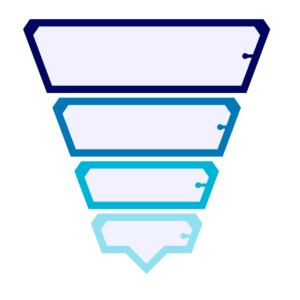
In this article, you can read what a sales funnel is, the purpose behind it and what the results are in this article.
The Purpose of a Sales Funnel
Because of the name, you may think that the goal is to sell as much as possible. Sales is indeed an important part of the sales funnel, but the main goal has a larger perspective. The main goal of a sales funnel is to guide (potential) customers through the sales process in a structured way. So from the first time someone is exposed to your business, to the purchase.
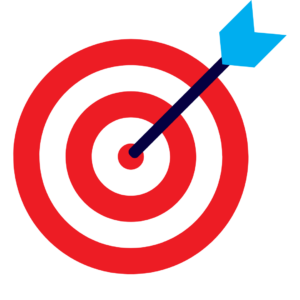
So you want to get your (potential) customers from point A to point B. But that road has several paths. Not everyone knows your company, knows what you do and what you can do for them. Others know your company, know who you do, but not yet what you can do for them. And so a number of combinations can still be made. But the point here is: not everyone knows you equally well. You have to take that into account when you create your sales funnel. So you have to create different funnels for the group in question. You can read more about the Stage of Awareness here.
What a Funnel can Look Like
A funnel is widely used in marketing. It works almost the same as a funnel. With funnels, what you throw in, comes out. In marketing, your funnel looks the same, but what you throw in doesn’t always come out as slowly.
With each next step in your funnel, you have fewer people left. The further your potential customers get in your sales funnel, the more likely they are to make a purchase.
When using a sales funnel, content/offer/advertisement is shown to a large audience. That’s the top layer of the funnel. Then the same audience, who were previously seen something, are again called upon. Now they are in the layer underneath. And so it actually continues. At each layer, people drop out, because they don’t want to see your content/offer/ads/etc. anymore or don’t find it interesting to continue on it and therefore don’t get any further in your funnel. But there will be people left at the bottom layer. That’s actually the hard core. They will go through all the desired steps that you want them to go through and some of them will proceed to purchase.
I’ll clarify with the earlier example where you want to sell a book. First of all, you want to have all the steps in your funnel thought through. For example, you want to sell your book. That’s your ultimate goal. The steps in your funnel might look something like this:
- You first create content about your book, perhaps some quotes or tips that come from the book.
- You share that content on social media to a wider audience that reaches 1000 people.
- You ask them to sign up to receive more information about the book by e-mail. 800 people do that.
- You send those 800 people emails with extra things from the book, perhaps things they wouldn’t read in the book to get them hyped for the book.
- You notice that not everyone opens the emails. That leaves 500 people who will continue to open the emails.
- You send those 500 people a pre-sale via email. They can register to be the first to get your book and you send them some extras as a lure for more registrations. 300 people sign up.
- You will keep these 300 people informed about new things about the book. And at some point, you send them the offer that allows them to buy the book.
- Not everyone is ultimately interested in buying the book for one reason or another. 100 people end up buying the book.
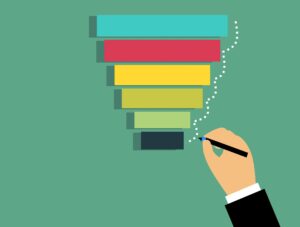 So you started with 1000 people, 100 of whom ended up buying your book. 900 people have dropped out in the meantime. But you have a 10% conversion rate, which is reasonable. Especially when you consider that your book may have been 20 euros, then you still earned 2000 euros from your book (100 x 20 = 2000). And of course, you could use such a funnel more often to re-promote your book. You can analyze the previous funnel and then test and optimize it to achieve even better results in the future.
So you started with 1000 people, 100 of whom ended up buying your book. 900 people have dropped out in the meantime. But you have a 10% conversion rate, which is reasonable. Especially when you consider that your book may have been 20 euros, then you still earned 2000 euros from your book (100 x 20 = 2000). And of course, you could use such a funnel more often to re-promote your book. You can analyze the previous funnel and then test and optimize it to achieve even better results in the future.
Stages of a Sales Funnel
Every funnel looks different. There are funnels with 3, 5 or 7 layers and probably more. It all depends on your business and what you need. You can get as creative as you want with it. But below you will find an overview of what each funnel consists of. Keep in mind that extra steps can also be added. More on that later.
As mentioned earlier, there are different types of sales funnels that you can guide your (potential) customers through. The longest funnel is covered below.
Awareness
Here, people don’t know you yet and you need to build awareness for your business, what you do, what you sell, and how you can help the people. You don’t do it all at once. In fact, you’re not going to try to sell at all at this stage. You want to grab people’s attention without selling anything directly to them.
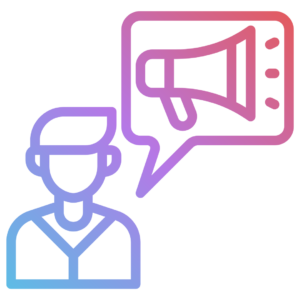
Examples:
- Content: Social media posts, videos, blog posts where you provide valuable information.
- Ads to create more awareness and collect leads.
- Lead magnets: free downloads such as an ebook, checklist or whatever else in exchange for contact information
Interest
Your audience is interested in what you have to say. You have to hold on to this interest. You can do this by providing valuable content. You’re trying to strengthen the relationship here. You want to show that you understand their problems and can help solve them (eventually).
Examples:
- Send emails to the leads you’ve collected, with more substantive information about how your product or service solves their problem.
- Use case studies, customer stories, or demos to show how others have found success with your solution.
- Add clear calls-to-action (CTAs) to your content, such as requesting a consultation or registering for a webinar.
Consideration
Your audience is seriously considering whether they want to buy your product or not. They are in the process of seeking detailed information about the product. They are also in the process of comparing similar products from different providers. The idea here is that you show that you are the best choice, so that they no longer look for others and only want your product. So, build even more trust and clear up any doubts.
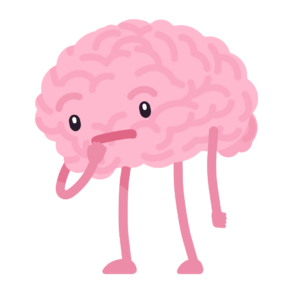
Examples:
- Offer free trials, demos, or product demos if possible.
- Show reviews, testimonials and case studies to increase trust in you and your product.
- Personal approach: a sales call or a 1-on-1 call.
Decision
Your collected leads are ready to actually buy your product. Here, it’s important to make the purchasing process as simple as possible. Offering an extra push can get them over the line even faster. 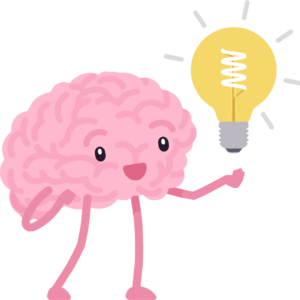
Examples:
- Use targeted offers, such as a limited-time discount or a bundle offer, to speed up the decision.
- Checkout page: An optimized and secure checkout pages for a smooth buying experience.
- Offer clear guarantees, such as money-back guarantees or customer support, to clear up any final doubts.
Aftercare
Your funnel doesn’t end with the purchase. You want to retain your customers and encourage them to make new purchases to grow your business. It is also much cheaper to retain existing customers than to acquire new ones.
Examples:
- Send a thank you email after the purchase, with tips on how to use the product or for offering help on how to use the product.
- Send personalized offers or discounts for follow-up products or services.
- Continue to provide value through email, blog posts, or exclusive content for existing customers.
Optimization
As mentioned earlier, it is important to analyze and optimize your funnel in order to achieve even better results in the future. A good sales funnel is never ”finished” or at its ”end”. Therefore, keep analyzing, testing, and optimizing. Look at each stage and where your leads are dropping off.
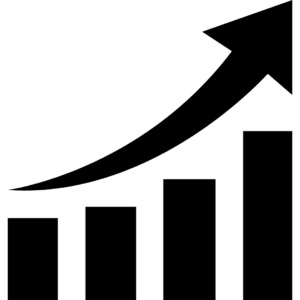
Examples:
- Use analytics tools (like Google Analytics) to see where people in the funnel are dropping off.
- Run split tests (A/B) to determine which versions of your landing pages, emails, or CTAs perform better.
- Get feedback from customers and leads to understand why they did or didn’t take certain steps.
Why are Sales Funnels a Must for your Business?
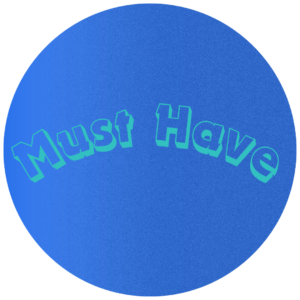
A sales funnel is essential for any business that wants to grow. Using it allows you to guide potential customers through different stages in the funnel in a structured way, ultimately resulting in higher sales and better customer relationships.
You can gain insight into all phases of the funnel, which helps you to understand the customer journey. This allows you to analyze, test and optimize the funnel for maximum results in the future. After all, your company doesn’t always have to try new things. Sometimes using what works offers more effective results than trying something new.
Recap
In this article, you’ve found out the purpose of sales funnels, what stages it goes through, and why it’s a must for your business.
If you want more information about marketing or copywriting, follow our socials. If you need someone who can help you with your sales funnel, please contact us via info@luminarywords.com or schedule your appointment via: https://calendly.com/luminarywords/_

